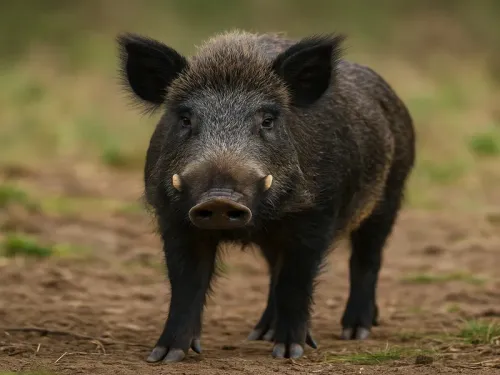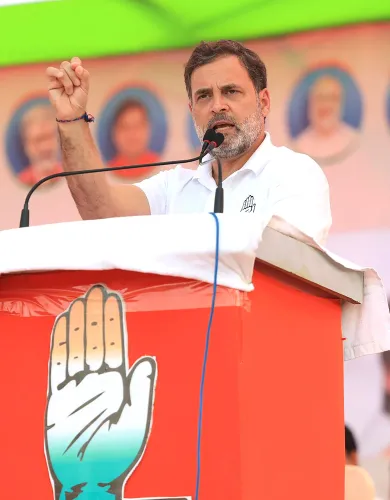Will the ISRO-NASA Earth Observation Satellite Launch on July 30th?

Synopsis
Key Takeaways
- Launch Date: July 30
- Satellite Altitude: 740 km
- Technology: Advanced radar imaging
- Significance: Aids in disaster management and climate monitoring
- Future Missions: Gaganyaan and Chandrayaan series
Chennai, July 28 (NationPress) The Earth Observation Satellite, a collaborative effort between ISRO and NASA, is set to be launched into space on July 30 using India’s GSLV-F16 rocket, as confirmed by ISRO Chairman Dr. V Narayanan today.
During a press briefing at the Chennai International Airport, Dr. Narayanan stated that the satellite will be placed into orbit at an altitude of 740 km and features cutting-edge radar imaging technology.
“This innovative satellite can capture images of the Earth around the clock, even in the presence of clouds and rain. It will be instrumental in identifying landslides, aiding in disaster management, and monitoring climate change. Its advantages will be felt not just by India and the United States, but by the entire global community,” he elaborated.
In addition to this, Dr. Narayanan provided updates on other significant missions. The Aditya-L1 solar satellite, which was launched earlier with a 1.5 kg payload, has commenced transmitting solar research data, which scientists are now analyzing for further insights into solar activity.
Regarding the eagerly awaited Gaganyaan human spaceflight mission, Dr. Narayanan mentioned that three uncrewed test missions will precede sending astronauts into space.
“The first vehicle is being prepared at Sriharikota and is scheduled for launch this December with a humanoid payload. If successful, two more missions will follow next year. The inaugural manned mission is slated for March 2027, as the Prime Minister has announced,” he stated.
Dr. Narayanan also shared updates on India’s future lunar explorations, expressing optimism that Chandrayaan-4, which aims to land on the Moon and return soil samples, will succeed. “This mission represents a major advancement for ISRO in lunar exploration,” he remarked.
He mentioned that Chandrayaan-5, a joint initiative with Japan, is expected to operate on the Moon for 100 days. Currently, ISRO oversees 55 satellites and plans to reorganize them into three categories over the next four years.
Dr. Narayanan underscored that ISRO’s research is intended for national benefit and not designed for specific states.
“Our priority is addressing the needs of the people of the country, regardless of the region,” he concluded.









